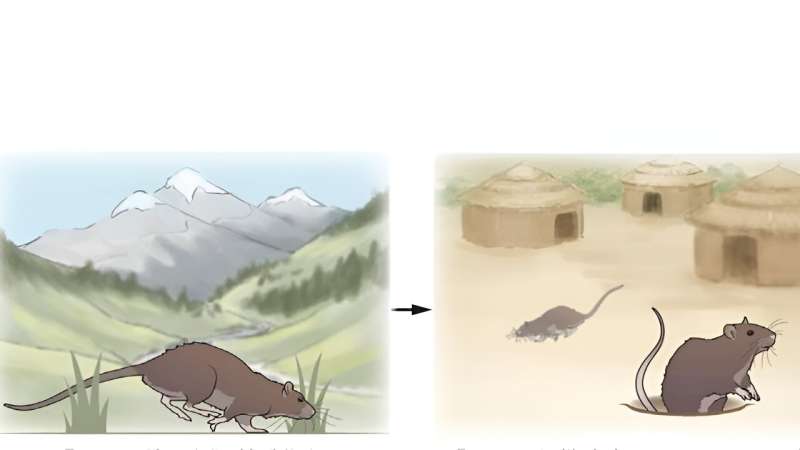Rats have long been cast as mere pests, but their evolutionary history is anything but straightforward. Researchers at Drexel University are on a mission to uncover the hidden stories behind the migration and adaptation of the brown rat (Rattus norvegicus), revealing how these resilient creatures have intertwined with human societies over millennia. By delving into written records, archaeological findings, and cutting-edge genomic studies, the research team is shedding light on the complex relationship between rats and humans, and how the study of these unassuming animals can offer insights into the evolution of human civilizations.

Rats: From Pests to Proxies
Rats have long since been regarded as vermin, and a problem to be eliminated without sympathy. The Drexel researchers, however, contend that this binary view keeps us from telling and understanding the larger story of the societies they represent: one involving human migration and trade.
The rats act as a proxy for the kinds of threats that adaptable things have followed in our wake, moving from place to place and evolving with the sorts of environments that we make. This provides a new insight into the history of human societies, telling us about the displacement of peoples, creation and destruction of trade routes and economic development of various civilizations.
The Gaps in Rat History, Bridged
For many years, researchers have been confounded by the mysterious origins and hard-to-pin-down evolutionary family tree of rats. The Drexel team, led by Jason Munshi-South, Ph. D., Betz Chair and professor in the College of Arts and Sciences, is trying to solve these problems.
By painstakingly digging through the written record, the archaeological remains of rats left on ocean-floor shipwrecks, and new conquests in genomic data—the researchers are now painting a more complete picture of how black rats have dispersed globally often following humanity as it settled new lands and traded across oceans. Through this interdisciplinary work, we are beginning to learn things that have us questioning the traditional stories and other myths about the history of these entirely unique animals.
A fascinating discovery is the important role of The Wistar Institute in Philadelphia, which soon after its founding in 1892 was among the first research institutions supporting biomedical sciences to establish a colony of wild rats designed for laboratory use. These rats served as the pivotal source of laboratory strains, which remain in practical use in biomedical research and hence provide sensory evidence linking past with present.
Are Rats Just Pests, or Are They Priceless Gems in Evolution?
The Drexel team is working on changing the perception of rats as simply pests, as the research progresses. Munshi-South explains, however, that these “two oddballs” are indeed significant actors very early in the greater story of life on Earth and should have been paid closer attention to.
Research during the next decade is expected to take a quantum leap with the assistance of this technological breakthrough and includes thousands more high-quality complete genomes for ancient and modern wild rats as well as lab strains. Making these resources available alongside novel analytical approaches will provide unprecedented insight into the manner in which brown rats have adapted to varied environments, human modification and urbanisation.
In viewing our relationship through this lens, the Drexel researchers hope to help develop a newfound respect for the rat and what it represents as an essential part of our intersecting evolutionary history. As we unravel the labyrinthine weave of rat history, perhaps we will discover that those humble creatures have something to tell us about ourselves and our world that we could never have imagined.
